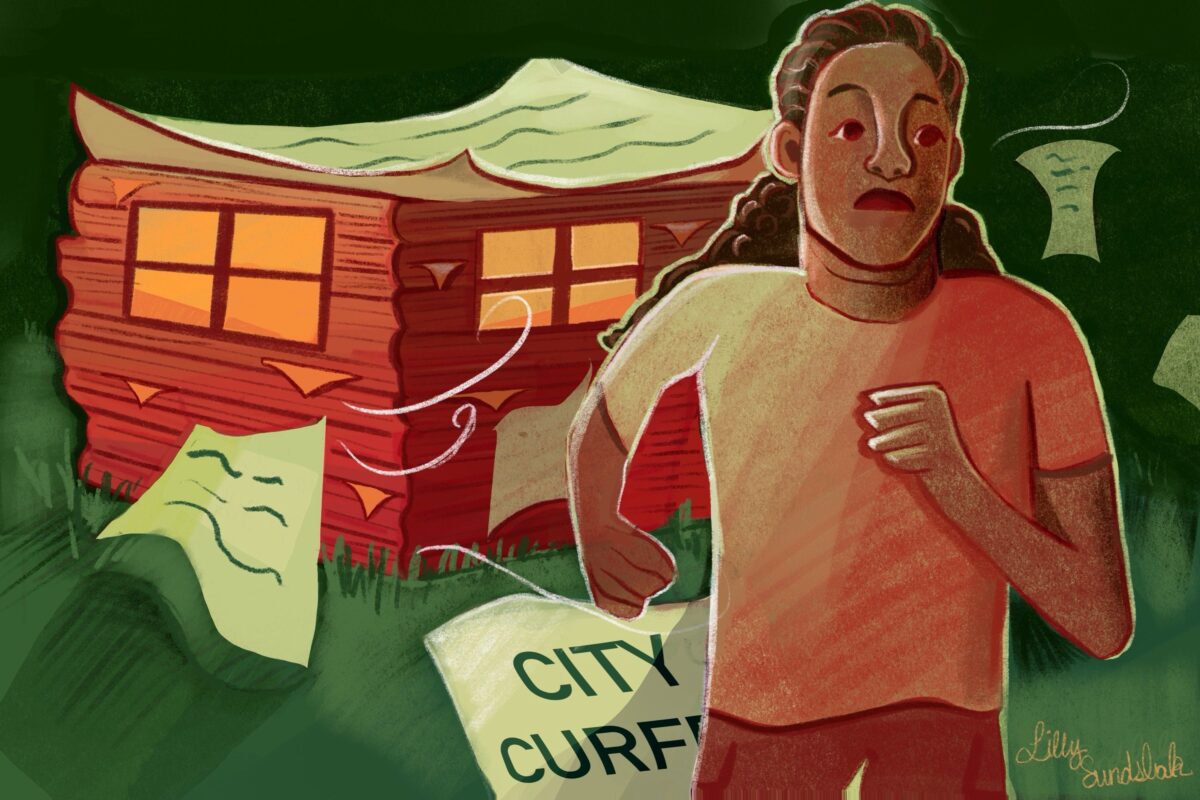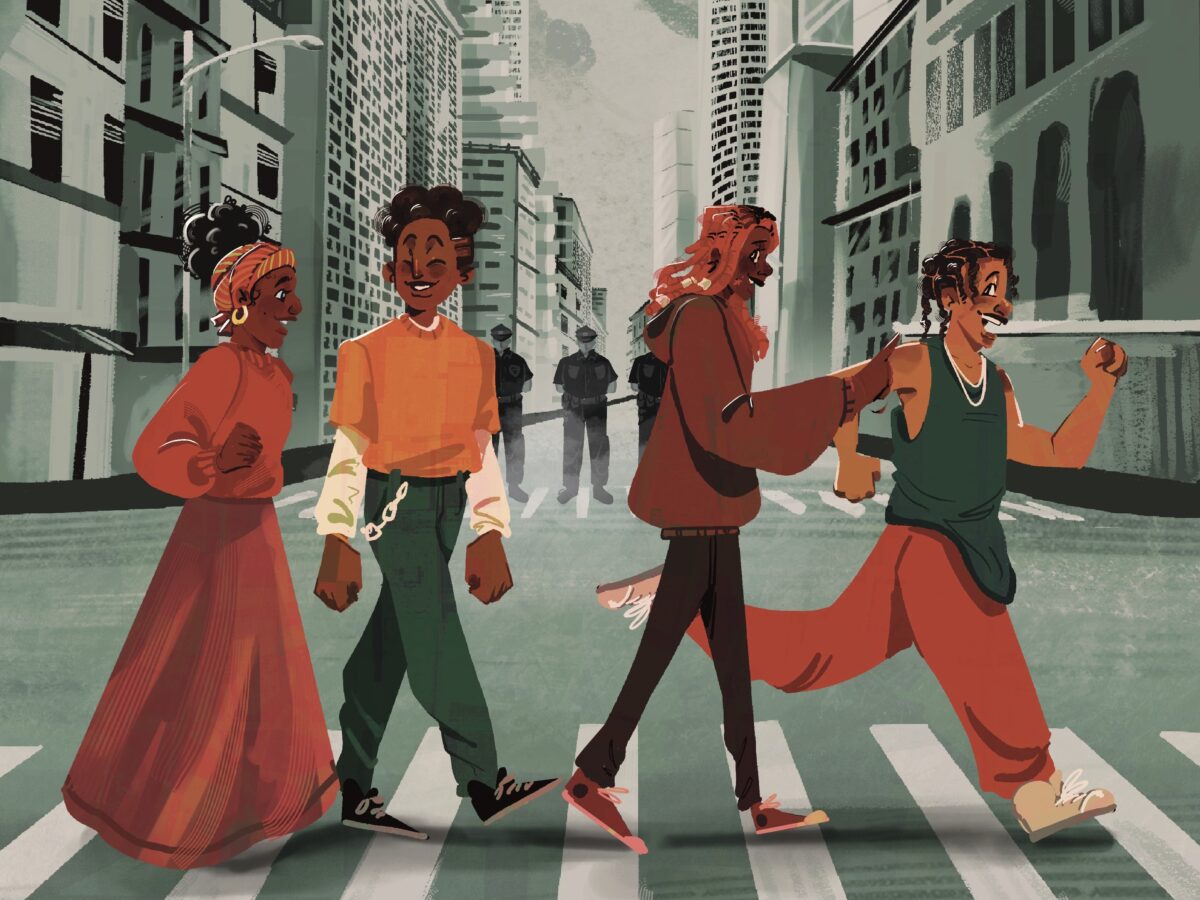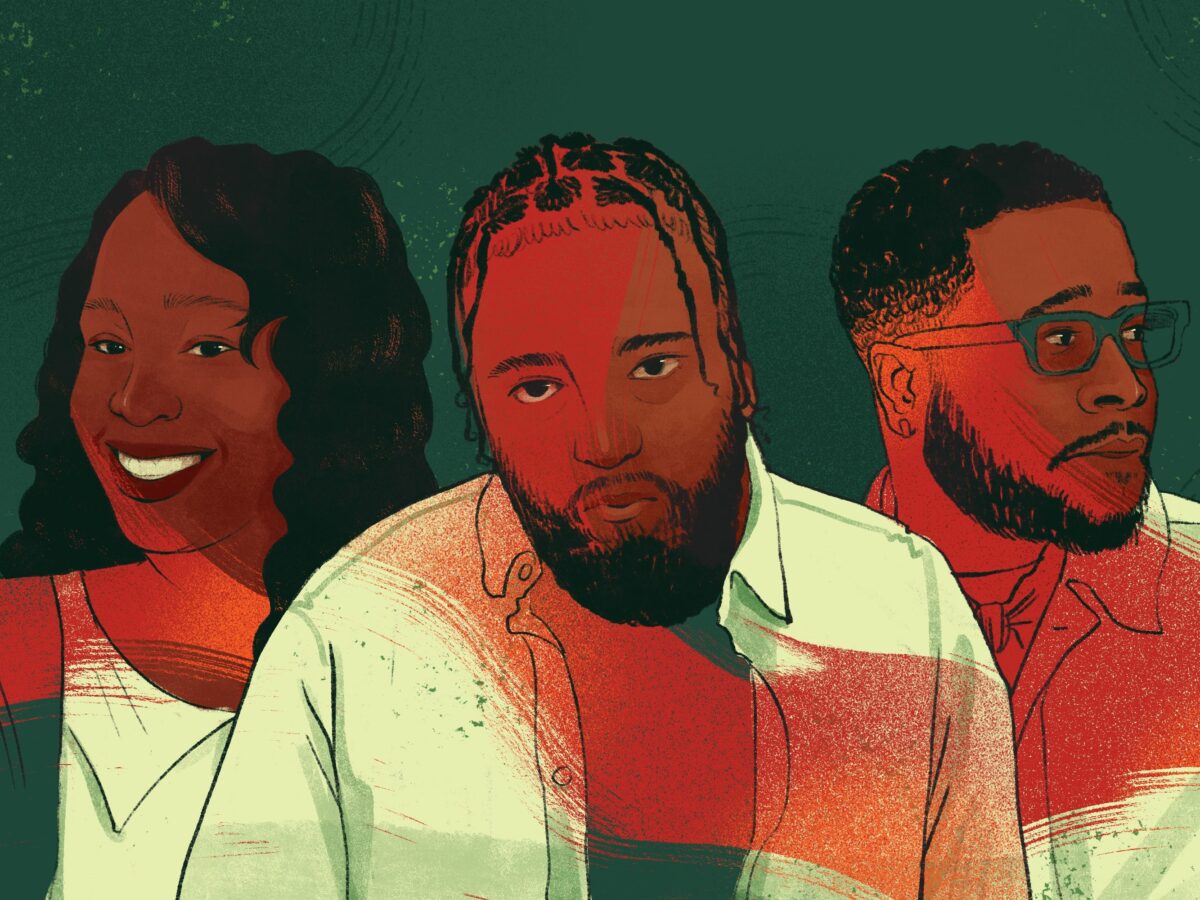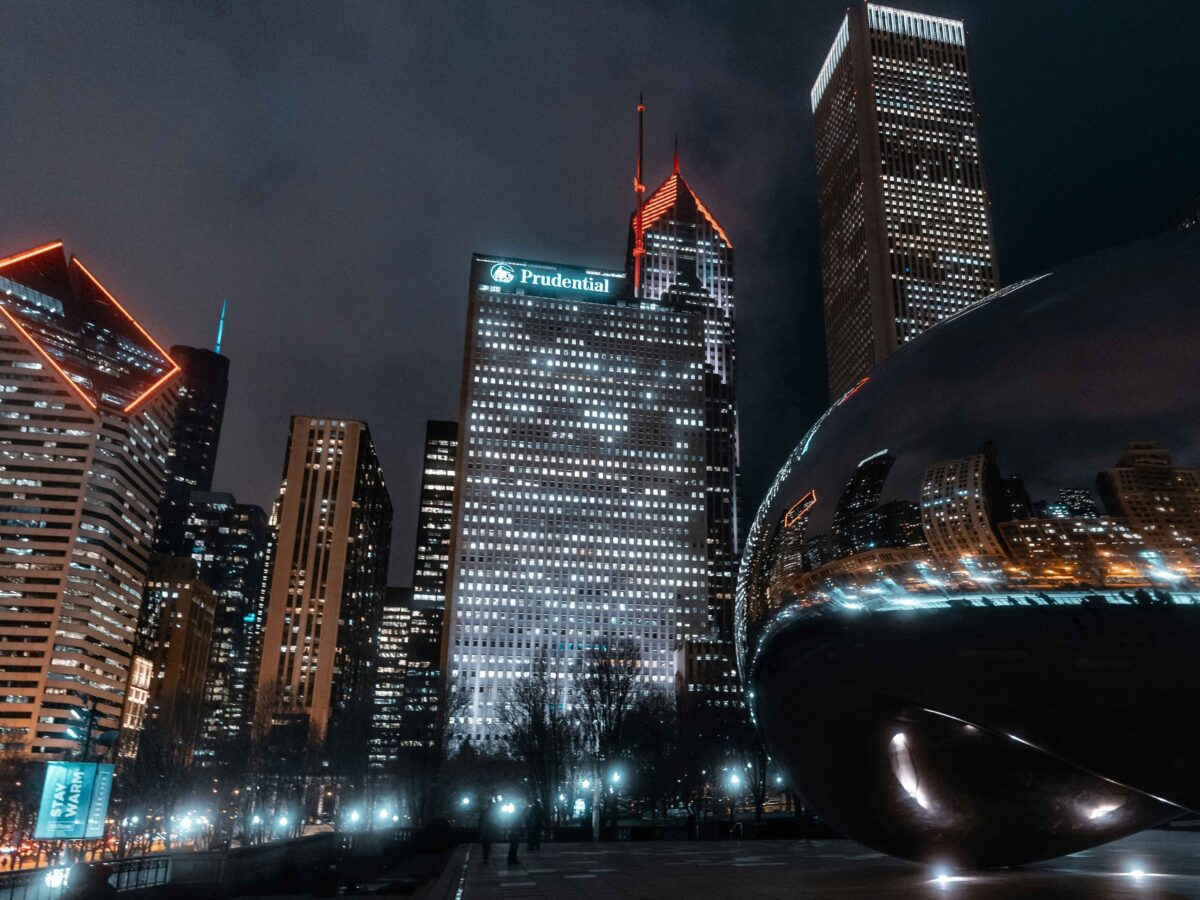This story was co-published in partnership with The TRiiBE.
Do curfews increase public safety? What scant research there is has found mixed results in the United States.
Chicago’s curfew was 11:00 p.m. until 2022, when a fatal shooting of a teenager at one of the large downtown gatherings known as “trends” prompted then-Mayor Lori Lightfoot to change the weekend curfew to 10:00 p.m., with a 6:00 p.m. curfew in Millennium Park.
Now, in response to similar gatherings this year, the City Council is considering an ordinance that would allow police to call a “snap” curfew at any time of day—even the morning—within some area defined by police. An on-scene commander would announce the curfew thirty minutes before giving a dispersal order. Under-eighteen-year-olds who defy such orders could be taken into custody until their parent or guardian picks them up, and parents or guardians could be fined $500.
City Council members supporting the proposal have invoked public safety to justify these expanded police powers, saying they can be used to reign in “trends” that get out of hand.
Curfew is rarely enforced in Chicago. Data obtained by the Weekly from the Chicago Police Department via a public-records request shows that curfew violations doubled the year Lightfoot moved the curfew up—to fourteen. Last year, nine individuals were cited for violating curfew. Since 2020, the Chicago Police Department (CPD) has issued a total of fifty-eight curfew citations. While they were scattered across the city, the South Side had the largest share, at 42 percent.
There aren’t many recent studies examining how curfews impact public safety in the United States, and those published in the last decade have found contradictory effects. One even found that changing the curfew time can have the opposite of its intended effect. There’s apparently no research on the effects of giving police power to declare curfews anytime, possibly because this may be the first time it’s been tried.
“When we think about a curfew, it’s really general in a normal setting,” said Jillian Carr, an Associate Professor of Economics at Purdue who co-authored a 2018 study on curfews and gun violence. “In [Chicago’s] case, you’re really targeting a group, rather than targeting all the youth. You’re targeting folks who had already planned on being at a place at a time.”
A 2011 study published in The American Law and Economics Review found that when a general curfew is established, youth arrests for violent and property crimes drop by nearly 15 percent in the first year and remain about 10 percent lower in subsequent years. The study also found that parents, not police, appear to be the primary enforcers of curfew laws, because curfews’ effectiveness wasn’t linked to how many cops were tasked with enforcing it. Its author did not respond to requests for comment.
It’s unclear if parents would be as effective in enforcing snap curfews since they’d have no way of knowing ahead of time if, when, and where a snap curfew would be implemented.
Curfews may sometimes have the opposite of their intended effect. When Washington, D.C. moves its curfew time up one hour each fall, nighttime gun violence actually increases, according to a 2018 study Carr co-authored.
In July and August, the weekday curfew in D.C. is midnight. During the school year, the weekday curfew is 11:00 p.m. Year-round, it lifts at 6:00 a.m.
To examine how that change impacted gun violence, the researchers used ShotSpotter data to compare gunshot frequency during the two different curfew hours, which they referred to as the “switching hour.” They also looked closely at the days immediately surrounding the curfew change (a technique scientists call “regression discontinuity”) to assess its effect on gunfire.
On average, they found there were more ShotSpotter gunshot alerts during the earlier switching hour, even when controlling for other factors like seasonal changes in gunfire. While ShotSpotter alert data can be subject to false alarms, Carr said that the rate of such false positives wouldn’t be affected by a change in the curfew alone.
She added that her results could be due to a concept developed by Jane Jacobs, a 20th-century urban studies theorist and activist who championed the idea that safety is inherently tied to community connectedness—a concept University of Chicago Crime Lab founder Jens Ludwig has recently promoted
“A well-used city street is apt to be a safe street,” Jacobs wrote. “A deserted city street is apt to be unsafe.”
Carr added that her findings aren’t directly comparable to the kind of snap curfews the City Council is considering because it would likely be enforced in areas already frequented by tourists and other passers-by. She added that it could improve safety for well-intentioned teenagers, but it could also push some crimes elsewhere.
“And I think that is obviously appealing to folks who have investment, whether just because they’re the aldermen or because businesses have you in these areas,” she said. “But it’s also potentially not really fair to the individuals who are now being victimized elsewhere.”
Carr also raised concerns about selective enforcement of the proposed curfew.
“Is this going to be applied evenly to children and youth and young adults of different races?” she said. “I really worry that this might empower officers to apply this new curfew in a way that is discriminatory.”
Jim Daley is the Weekly’s investigations editor.




